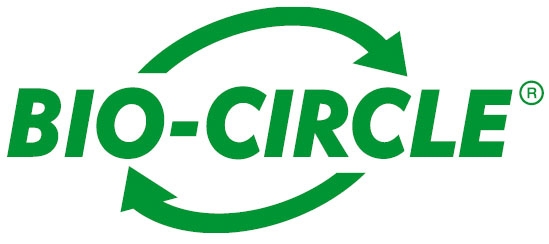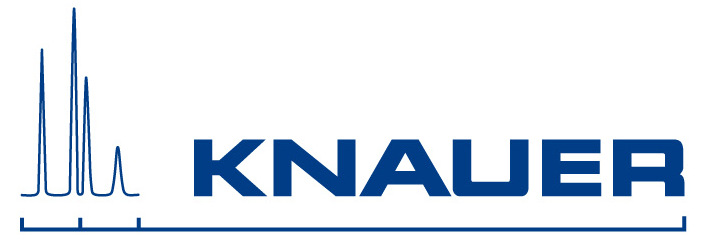The birth control pill is a widespread contraception method. However, large amounts of these modified estrogens leave the body again in urine. The conventional methods in sewage treatment plants are unable to treat waste water sufficiently because the most frequently used estrogen ethinylestradiol is very difficult to break down. As a result, the hormone finds its way into rivers and lakes and accumulates in drinking water with serious consequences for fish and other aquatic life. These range from reproductive and severe developmental disorders to the formation of female sexual characteristics in males. The long-term consequences of increasing estrogen pollution for human beings are still largely unknown. Nonetheless, declining sperm counts and thereby increasing infertility in men living in industrial nations may well relate to this hormonal pollution. In addition, testicular and prostate cancers as well as osteoporosis could be a consequence of overly high concentrations of estrogen in the human body.
The goal of Bielefeld’s iGEM team is to develop a biological filter using immobilized laccases to purify municipal and industrial wastewater from synthetic estrogens and other aromatic compounds. Laccases are copper-containing oxidase enzymes found in many organisms, and one of their properties is the ability to break down a wide range of aromatic and phenolic compounds. For this purpose, genes of various bacterial and eucaryotic laccases should be isolated and expressed in ''Escherichia coli'' and ''Pichia pastoris''. The team is aiming to manufacture this enzyme economically and safely with the help of methods from synthetic biology. It should also be possible to extend the concept to other, in part poisonous and carcinogenic pollutants in drinking and waste water, as well as into industrial application, such as in paper and textile industries or even for bioremediation of contaminated soil.
Team:Bielefeld-Germany
From 2012.igem.org
(Difference between revisions)
| Line 134: | Line 134: | ||
[[File:Bielefeld-Germany2012_Check.jpg|15px|left]] Creation of a database to organize our probes. | [[File:Bielefeld-Germany2012_Check.jpg|15px|left]] Creation of a database to organize our probes. | ||
| + | |||
[[File:Bielefeld-Germany2012_Check.jpg|15px|left]] Produced and identified an active ''E. coli'' Laccase. | [[File:Bielefeld-Germany2012_Check.jpg|15px|left]] Produced and identified an active ''E. coli'' Laccase. | ||
| + | |||
[[File:Bielefeld-Germany2012_Check.jpg|15px|left]] Produced and identified an active ''B. pumi'' Laccase. | [[File:Bielefeld-Germany2012_Check.jpg|15px|left]] Produced and identified an active ''B. pumi'' Laccase. | ||
| + | |||
[[File:Bielefeld-Germany2012_Check.jpg|15px|left]] Produced an active ''T. thermophilus'' Laccase. | [[File:Bielefeld-Germany2012_Check.jpg|15px|left]] Produced an active ''T. thermophilus'' Laccase. | ||
| - | [[File:Bielefeld-Germany2012_Check.jpg|15px | + | |
| + | [[File:Bielefeld-Germany2012_Check.jpg|15px|left]] Produced an active ''B. halodurans'' Laccase. | ||
<html> | <html> | ||
Revision as of 19:39, 26 September 2012
Welcome
iGEM Team Bielefeld 2012
Achievements
Creation of a database to organize our probes.
Interactions
Our Partners
| 180px |  |  | 
|
 |  |
 |  |  |  | 130px |
 "
"














